Blackberry’s latest handset, dubbed as ‘Mercury’ by the rumor mill, was first displayed at CES 2017 is now out in all its glory. While candybar design comes as no surprise to us with its inclusion of a physical keyboard, the specsheet of the device is sure to raise a few eyebrows.
While the display of the device is a measly 4.5 inch with Full HD resolution (that’s 1620 x 1080 pixels), creating an aspect ratio of 3:2, accompanying the KEYone is a 2 GHz octa-core Qualcomm Snapdragon 625 processor paired with its Adreno 506 GPU.
The 3505 mAh battery should be sufficient enough to power its relatively small screen. The KEYone is backed by 3GB RAM and an internal storage of 32GB, with the option to increase storage capacity by additional 2TB via microSD card.
Blackberry KEYone is also set to include a 12MP rear camera (1.55μm) with an IMX378 sensor, auto-focus, phase detect auto focus, 4x digital zoom, and an f2.0 lens with a f/2.0 aperture accompanied by dual-tone LED flash. It also includes an 8 MP front-facing camera with a wide-angle lens and a flash module for all your selfie needs.
The KEYone runs with Android 7.1.1 out of the box with an almost stock UI with the inclusion of trademark Blackberry apps like BlackBerry Keyboard, BlackBerry Hub, Notes by Blackberry and more. The Blackberry keyboard also supports tactile feedback with its spacebar key doubling up as both a fingerprint sensor and a trackball. A pretty slick feature if you ask me.
The presence of the DTEK Suite also enables you to monitor the security level of your device and mentions and handles any threats that come along your way. Blackberry also takes great pride in mentioning that its Blackberry Priv has not been rooted till date, a major win in the security segment.
BlackBerry KEYone Release
The KEYone will be ready to ship in US and Canada in ‘early Q2‘. How soon other regions will get a taste of the $549 device, remains to be seen.
Thoughts!
There is no argument that the design of this device alongside its keyboard integration is definitely distinctive. What seems difficult to understand though is why would someone go out and buy a $549 device when there are more viable and arguably, better alternatives present. Look aside all the software tweaking and effectively, the Blackberry KEYone, is at best, a mid-range device.
While the Snapdragon 625 processor is definitely fast and responsive but it gets blown out of water when compared to the similarly priced Snapdragon 820 and 821 devices (OnePlus 3, 3T, ZTE Axon 7).
Blackberry seems to create a niche for itself, surrounding them with customers and Blackberry loyalists over the years. Blackberry doesn’t charge you for the specs it offers, it charges you for its user experience.
If you think that a physical keyboard, a closed-source and ‘safe’ Android ecosystem is what you require from your device, the KEYone is definitely the device for you, if you wish to own a device with the latest specs and the promise of a custom development scenario, you might find yourself wanting more.

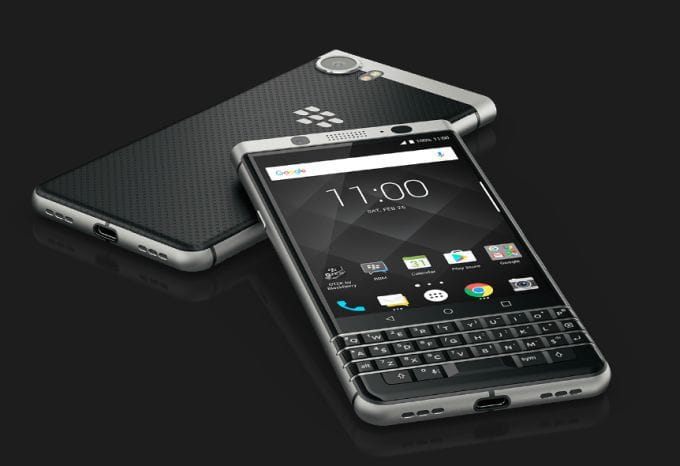



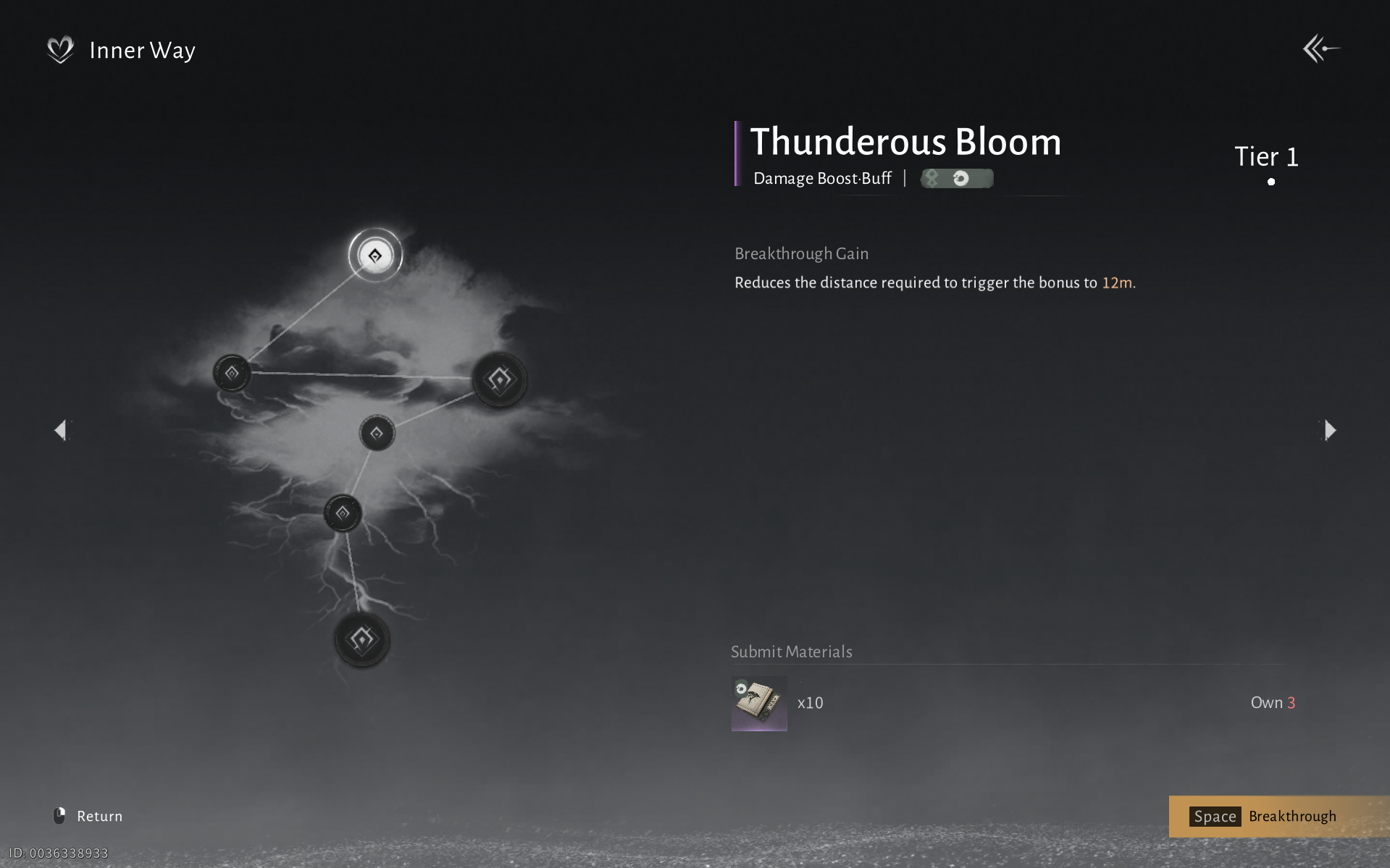

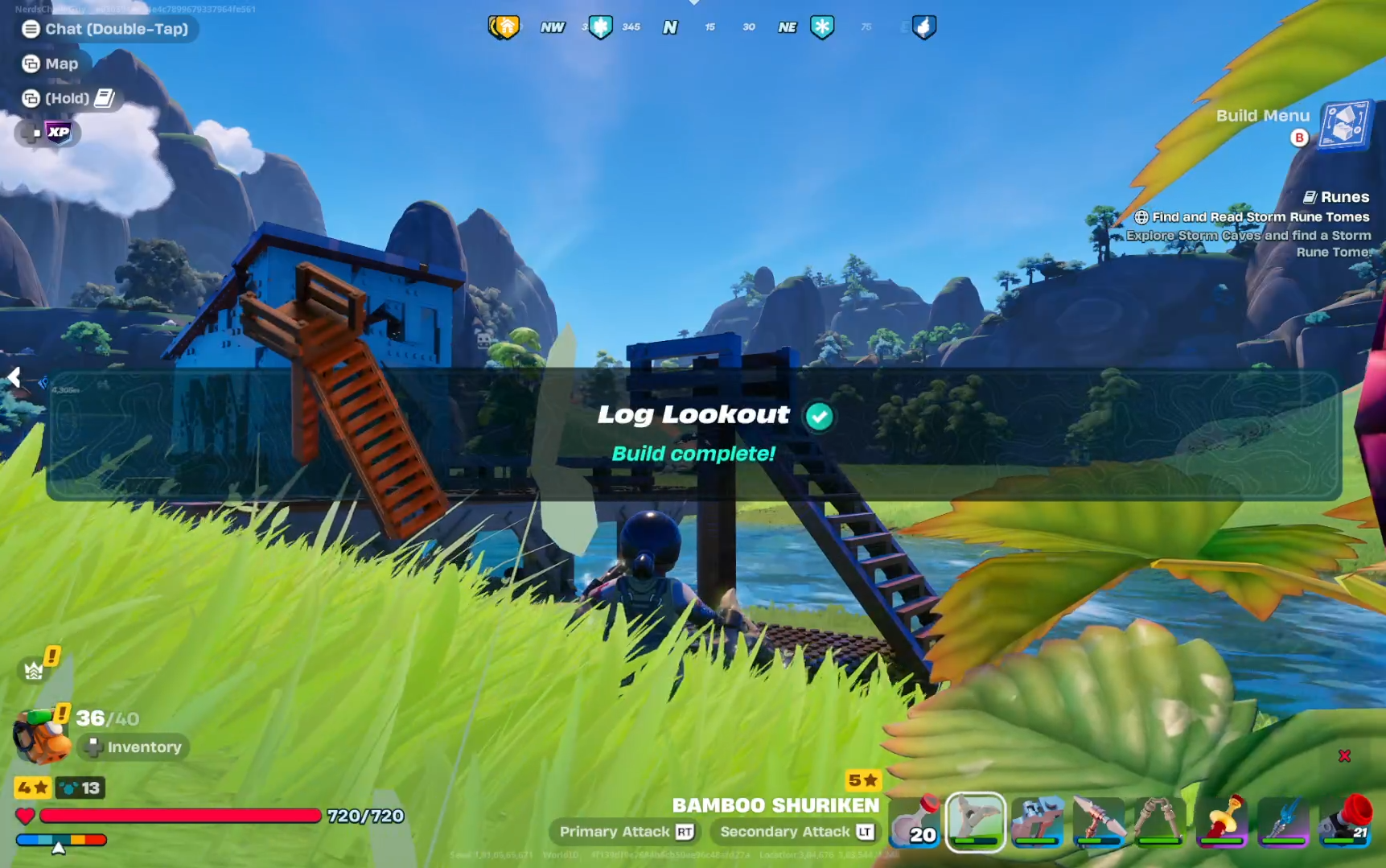
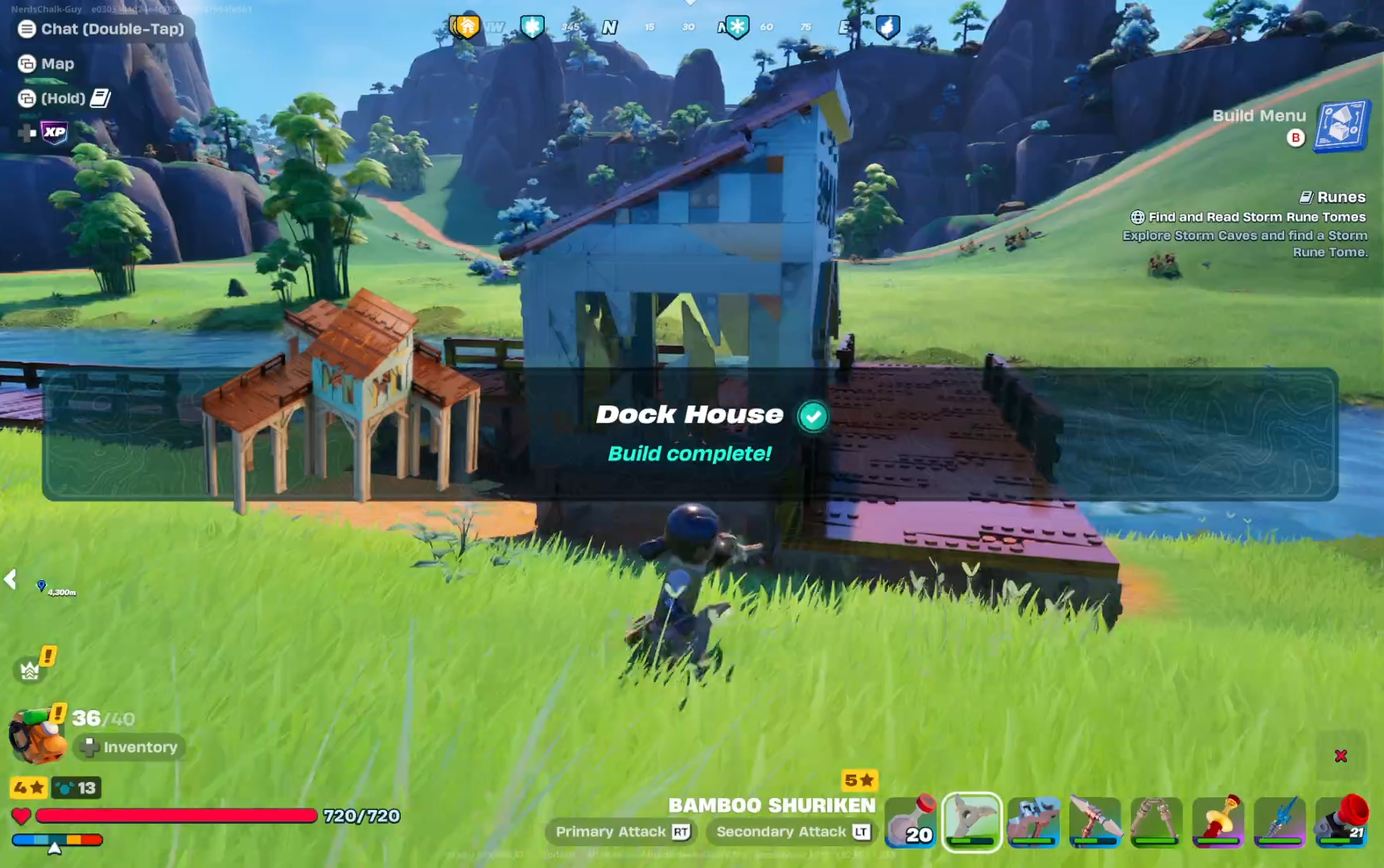
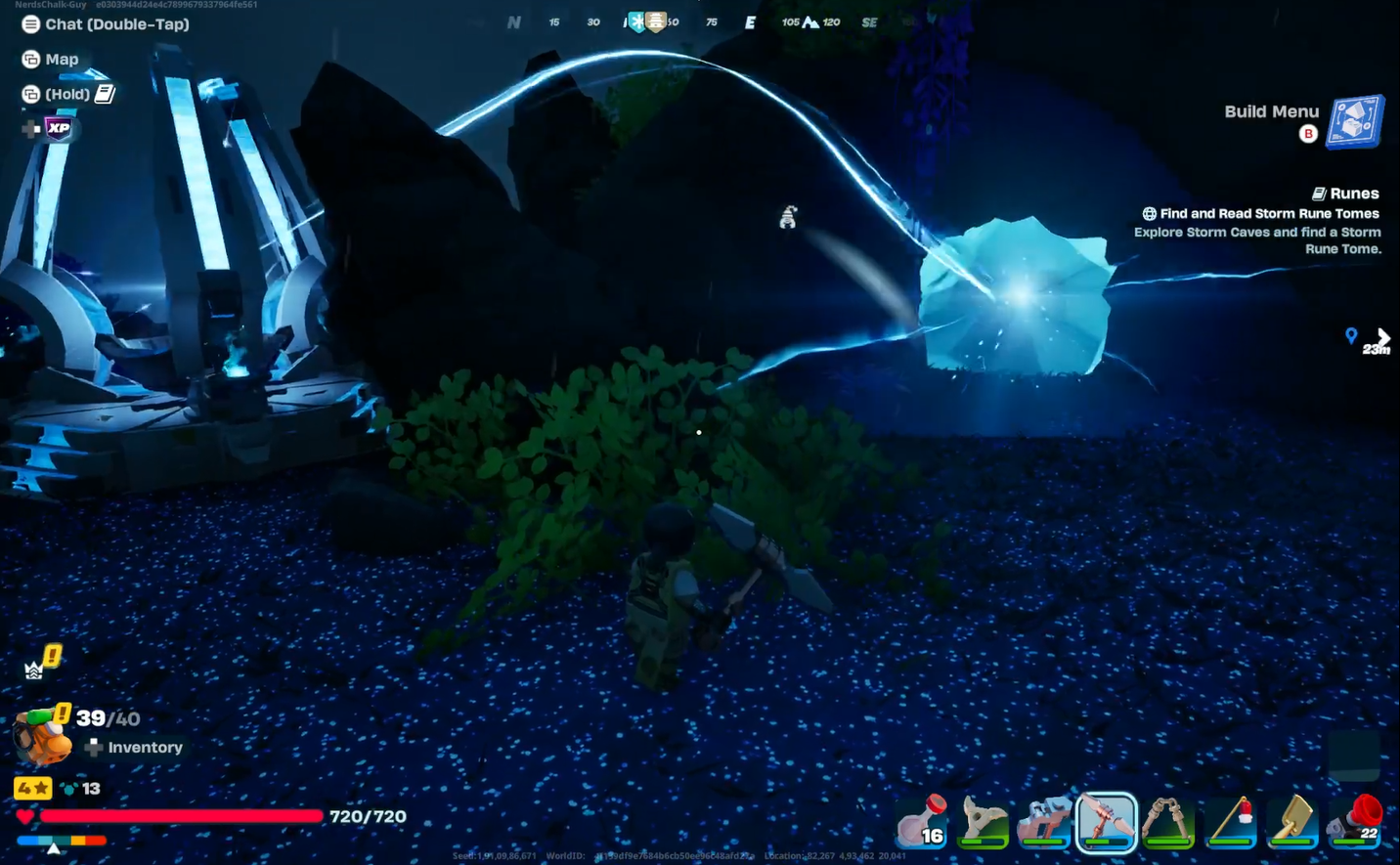

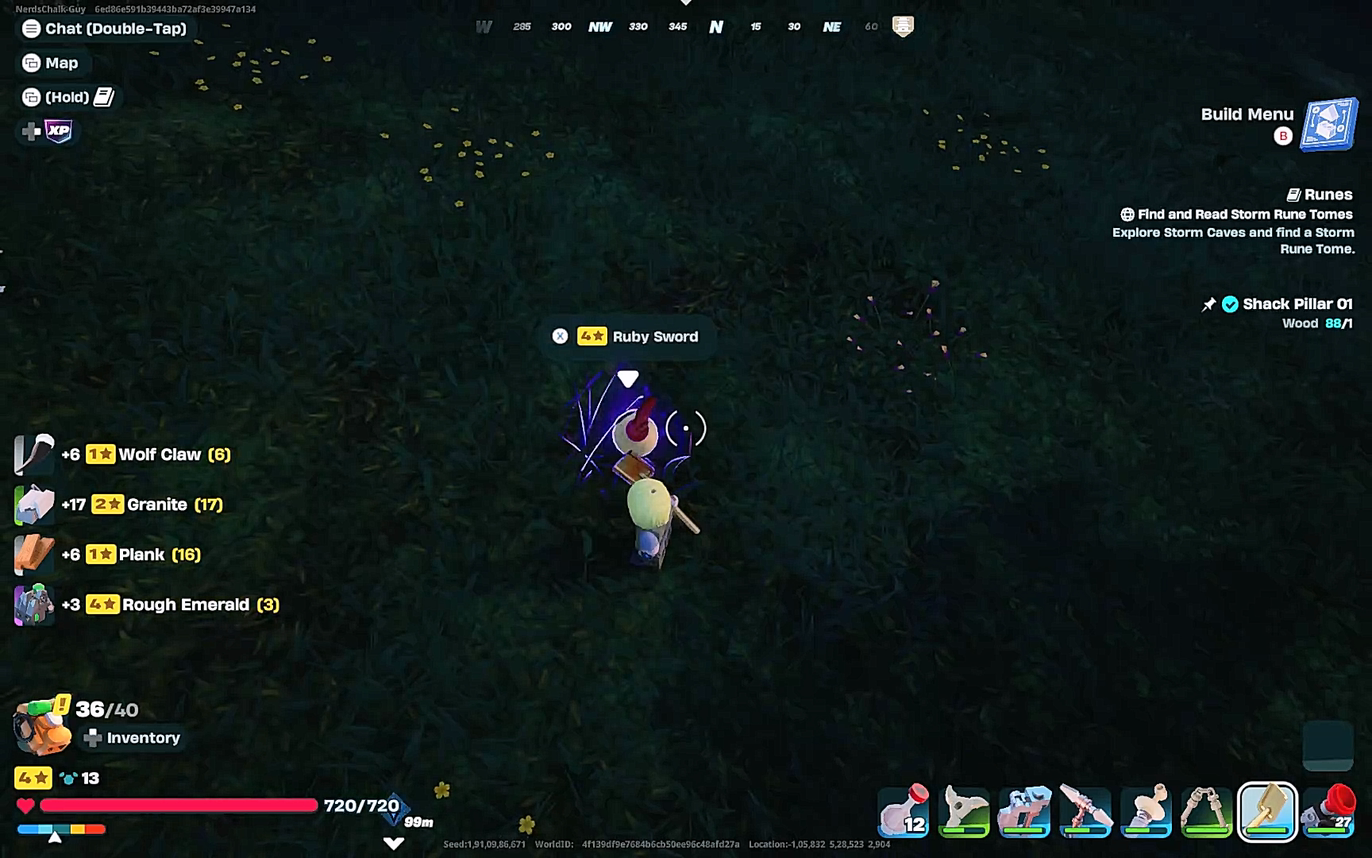
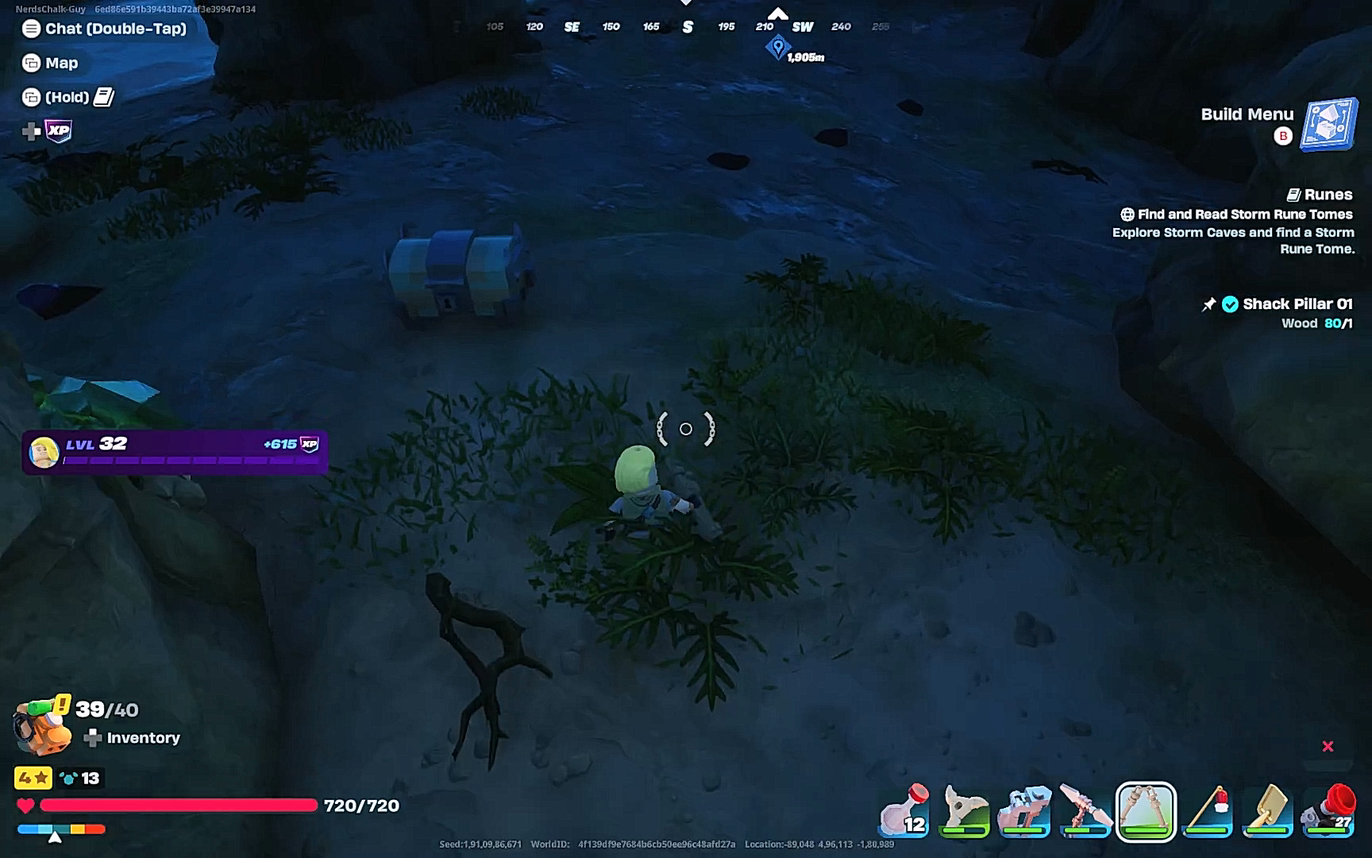
Discussion